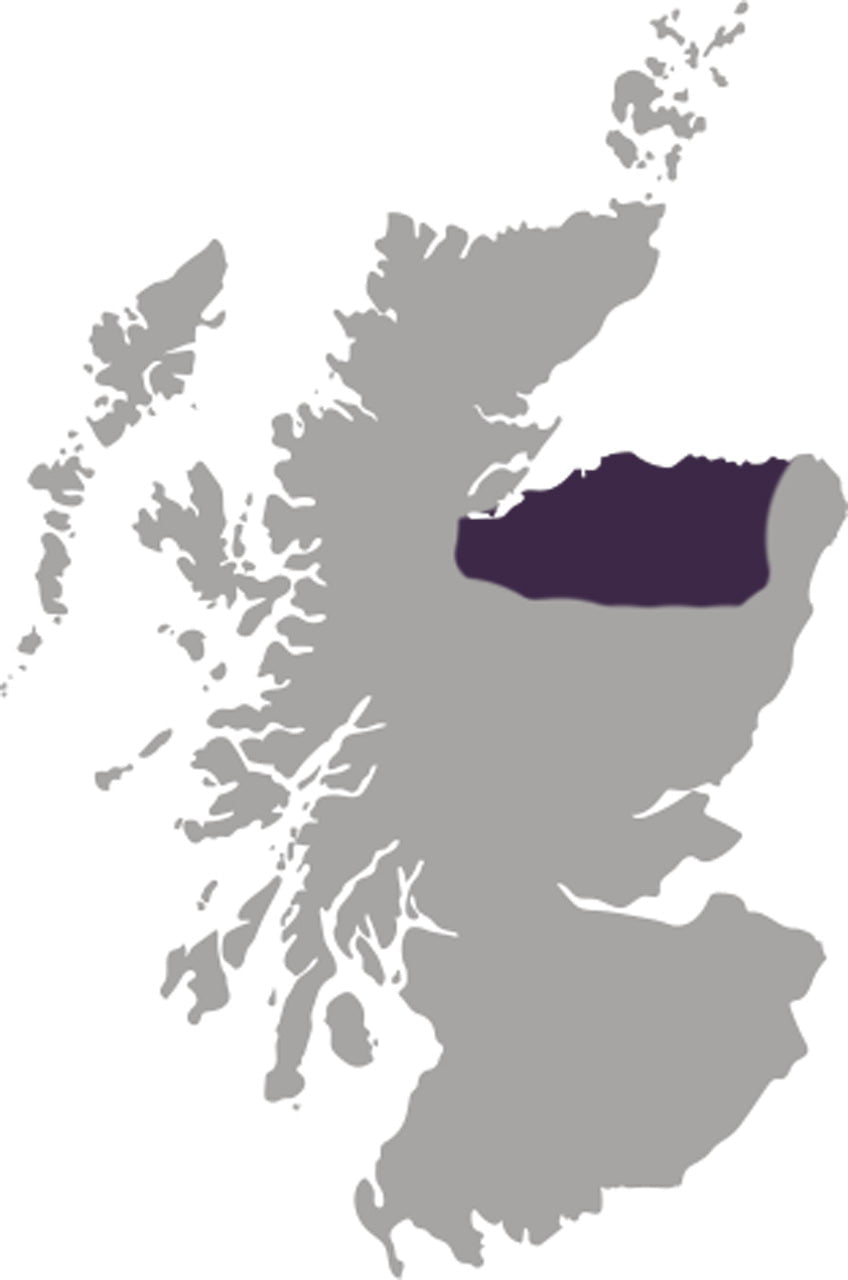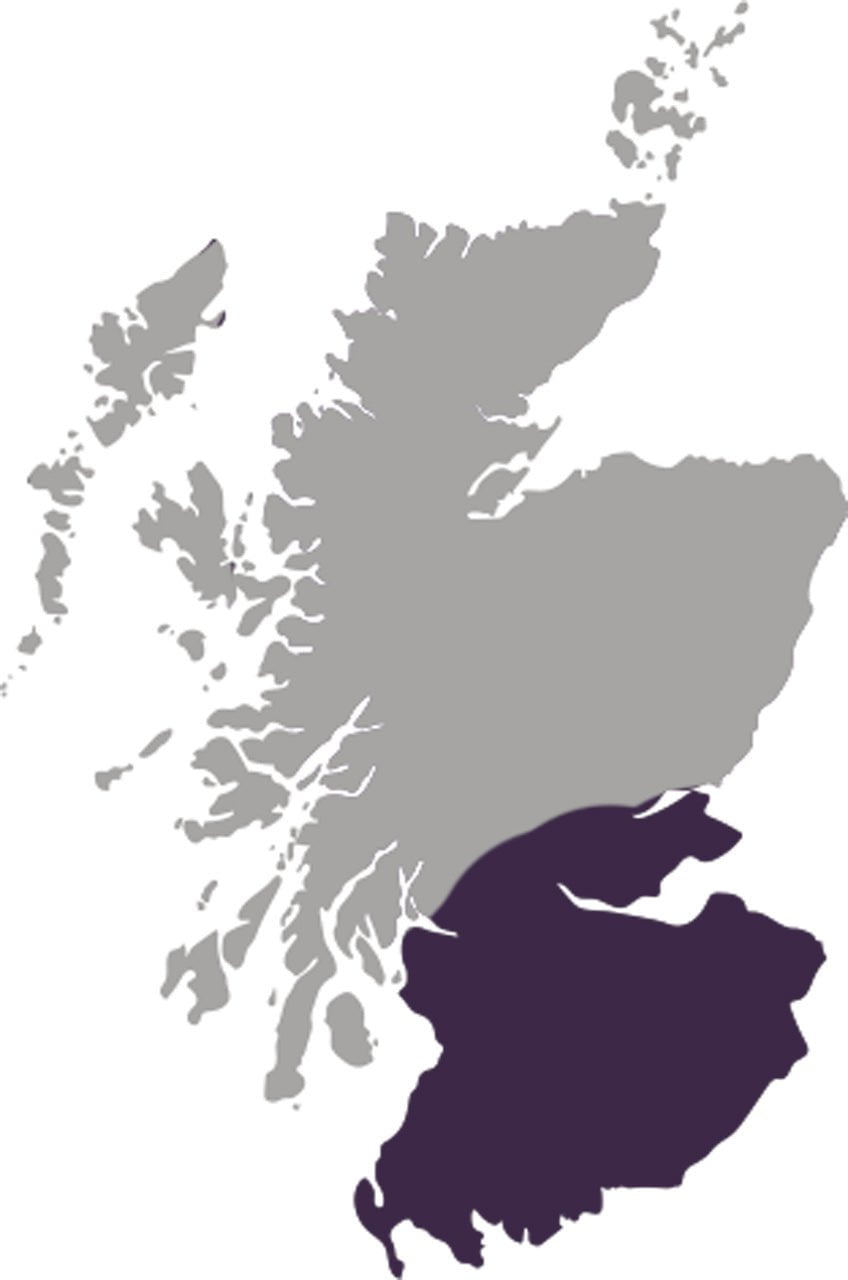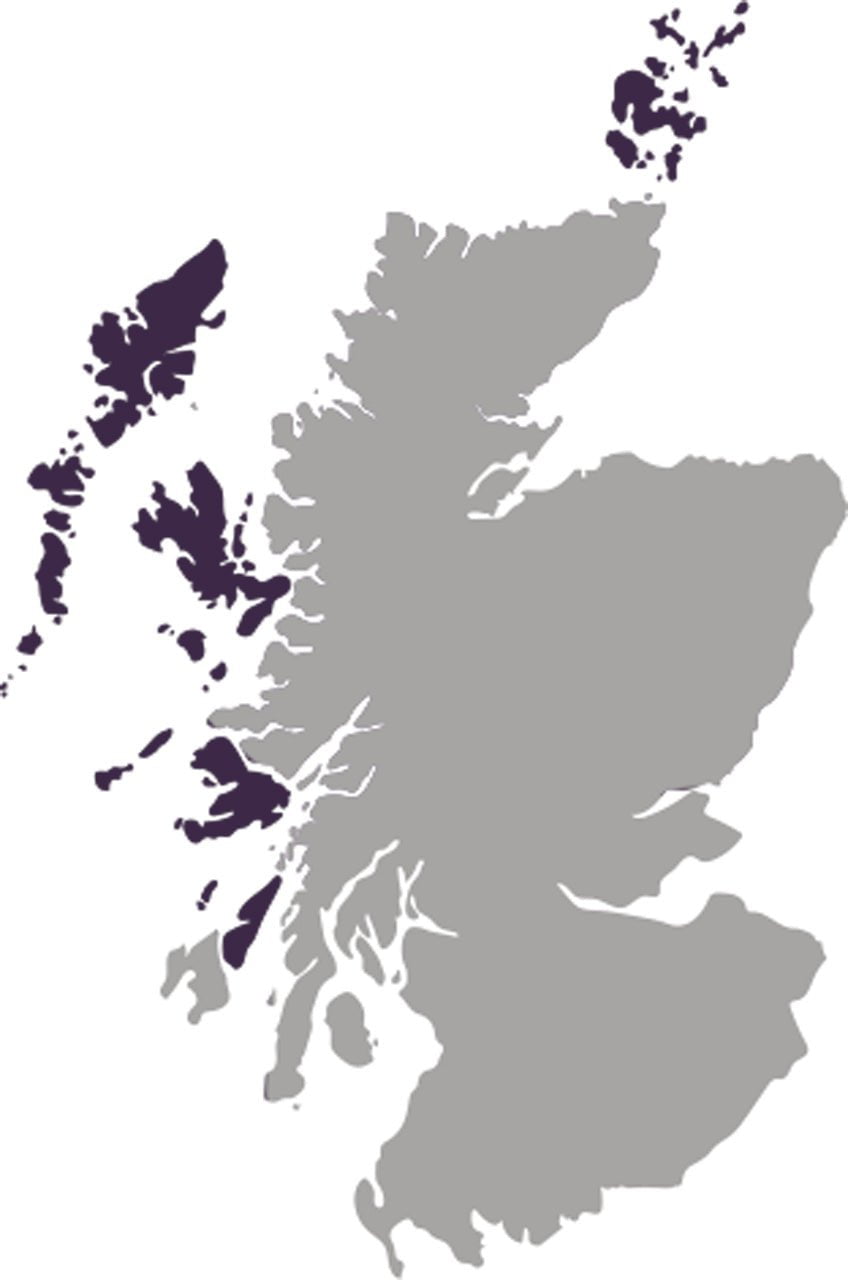A Guide to World Whisky
Whisky has been produced in Scotland for centuries, with its earliest recorded distillation dating back to 1494. Originally known as Uisge beatha, it became an integral part of Scottish culture, almost synonymous with Scotland itself. Yet, whisky is no longer just a reserve of Scotland – today it’s a truly global spirit, produced in nations all over the world.
From the meticulously crafted whiskies of Japan to the sweet flavours of American bourbon and the unique smoothness of Irish whiskey, every whisky-making nation has its own methods of production, traditions and flavour profiles.
In this blog, we’ll take a closer look at the four biggest and best-known whisky-producing countries of the world.
Scotland
Scotch whisky, often simply referred to as Scotch, has a long history of whisky production and today is world-renowned for its quality, prestige and diverse flavour profile - producing some of the finest and most iconic whiskies in the world.
Types
There are five types:
· Single Malt Whisky: Made from 100% malted barley from a single distillery.
· Single Grain Whisky: Produced at a single distillery from rye, corn, wheat and malted barley.
· Blended Whisky: A blend of single malt and grain whiskies.
· Blended Grain Whisky: A blend of grain whiskies from different distilleries.
· Blended Malt Whisky: A blend of malt whiskies from different distilleries.
Production
Scotch malt whisky begins with the fermentation of mashed grains, followed by double distillation and maturation in American or European oak casks - typically those that have previously held bourbon or sherry - for at least three years and one day. Grain whisky is made in a similar way but is distilled in a column still.
Flavour
Scotch whisky has arguably the widest variety of flavour profiles, ranging from fruity and floral, spicy and dry, to oily and coastal and right through to heavily peated (smoky).
Regions
Scotland has five official whisky-producing regions and one unofficial region. Each region offers a diverse array of flavours and characteristics which are due to differences in production techniques.
· Lowland: Known for producing whisky which is light in character with subtle floral and grassy notes. Well-known distilleries include: Lochlea, Annandale and Glenkinchie.
· Campbeltown: The smallest region produces robust whiskies with a coastal hint and an oily mechanical note, known affectionately as the Campbeltown ‘funk’. The only distilleries are: Springbank, Glengyle and Glen Scotia.
· Islay: A small island region world-renowned for producing peated (smoky) whisky. Well-known distilleries include Laphroaig, Ardbeg and Bowmore.
· Highland: A hugely diverse region offering flavour profiles for every palate. Well-known distilleries include: Dalmore, Glenmorangie and Aberfeldy.
· Speyside: The largest concentration of distilleries in Scotland, often producing fruity whisky with a subtle spice note. Well-known distilleries include: Glenfiddich, Balvenie and The Macallan.
· Islands: An unofficial sixth region, the islands produce whisky with a coastal or peat-influenced note. Well-known distilleries include Arran, Highland Park and Jura.
Ireland
Currently experiencing a global resurgence, Irish whiskey – notice the slightly different spelling with an ‘e’ - is celebrated for its triple distillation production method, yielding whiskey with a smooth, approachable character, often crafted without the use of peat.
Types
There are four distinct types:
· Single Malt Whiskey: crafted from 100% malted barley in a single distillery. Popular brands include Teeling, Waterford and Bushmills.
· Single Pot Still Whiskey: Unique to Ireland and produced with malted and un-malted barley. Popular brands include Redbreast, Powers and Spot Whiskey.
· Single Grain Whiskey: Typically made from corn, wheat or rye. Popular brands include Glendalough, Egan’s and The Whistler.
· Blended Irish Whiskey: A blend of malt and grain whiskies. Popular brands include Jameson, Tullamore D.E.W. and Midleton.
Production
The production process of Irish malt whiskey involves mashing grains, fermentation to produce alcohol, often triple distillation in traditional copper pot stills, and then ageing for three years in wooden casks. Interestingly, in Ireland whiskey doesn’t necessarily need to be matured in oak – as it does in Scotland, Japan and the USA - but can be matured in casks made from chestnut, maple or cherry wood. Grain whisky is made in a similar way but is distilled in a column still.
Flavour
Irish whiskey’s flavour profile often includes notes of honey, vanilla, and orchard fruits. Some may also feature subtle spices, fruitcake and nuttiness.
The USA
American whiskey – also spelled with an ‘e’ - traces its origins back to the 18th century when Scottish and Irish settlers brought their distillation techniques with them. While the vast majority is made in Kentucky and Tennessee, it’s now produced all over America and is celebrated for its range of flavour diversity.
Types
There are four main types:
· Bourbon: Distilled from at least 51% corn. Popular brands include: Blantons, Angel’s Envy and Maker’s Mark.
· Tennessee Whiskey: Similar to bourbon but with an extra filtration stage. Popular brands include Jack Daniel’s, George Dickel and Uncle Nearest.
· Rye Whiskey: Crafted from at least 51% rye grain. Popular brands include Bulleit, WhistlePig and Rittenhouse.
· American Single Malt Whiskey: A newly defined category as of December 2024, American single malt whiskey is distilled from 100% malted barley from a single distillery. Popular brands include Balcones, Westland and Copperworks.
Production
The production process of bourbon and rye typically includes mashing grains, fermentation, distillation in a column still first and then a pot still before ageing for a minimum of two years in new, charred American oak barrels.
Tennessee whiskey has an additional production step known as the ‘Lincoln County Process’ which involves filtration through charred maple wood chips before maturation.
American Single Malt Whiskey starts with a fermentation of mashed grains, before a double distillation. Finally, maturation can be completed in used, new charred, or new uncharred oak barrels for at least two years.
Flavour
Often bourbon is characterised by sweet vanilla and oak notes; rye whiskey is spicier, with flavours of black pepper and cloves; Tennessee whiskey emphasises a toasty sweetness and American Single Malt Whiskey has a huge variety of flavours.
Japan
Japanese whisky – spelled without an ‘e’, like Scotch whisky – is admired by connoisseurs all over the world for its subtle flavours and meticulous artistry. Its story began in the early 20th century when early commercial distillers drew inspiration from traditional Scottish distilling techniques.
Types
There are two main types:
· Single Malt Whisky: produced from 100% malted barley. Popular labels include: Hakushu, Yamazaki and Yoichi.
· Blended Whisky: A blend of malt and grain whiskies. Popular labels include Nikka, Hanyu and Yamazakura.
Production
Japanese whisky follows a similar production process to Scotch but, unlike most Scotch distilleries, malt whisky and grain whisky are often produced and blended at the same distillery. Additionally, Japan’s climate significantly influences the maturation process. The extreme temperature variations allow whisky more interaction with the oak, creating refined and nuanced flavours.
In Japan, whisky is commonly matured in European and American oak casks, but also in rare Mizunara oak casks, which are more porous than American or European oak and impart notes of sandalwood, coconut, and spice.
Flavour
Japanese whiskies lack the cereal notes of Scotch but often include notes of soft fruit, floral elements, and wood. The meticulous craftsmanship and careful cask selection contribute to the character.
Other Notable Whisky-Making Nations
England
English whisky is becoming increasingly popular. Today, England boasts over 40 distilleries, each contributing unique expressions to the UK whisky landscape. Notable distilleries include: The Lakes Distillery, Filey Bay and The English Whisky Company.
India
Indian whisky has gained international acclaim for its single malts, contributing to India's growing reputation in the global whisky market with notable distilleries being Amrut, Paul John and Indri.
Whisky is also now increasingly being produced in a number of other countries, including Canada, France, Taiwan, Denmark and Australia, amongst many others. This global diversity not only reflects the adaptability of whisky to different cultures and palates but also invites enthusiasts to explore and appreciate the distinct characteristics that each whisky-making nation brings to the table.
Whichever whisky you choose, from whichever country, Still Spirit stocks a huge range of world whisky as well as a wide range of other spirits including gin, tequila, rum, vodka and more.









